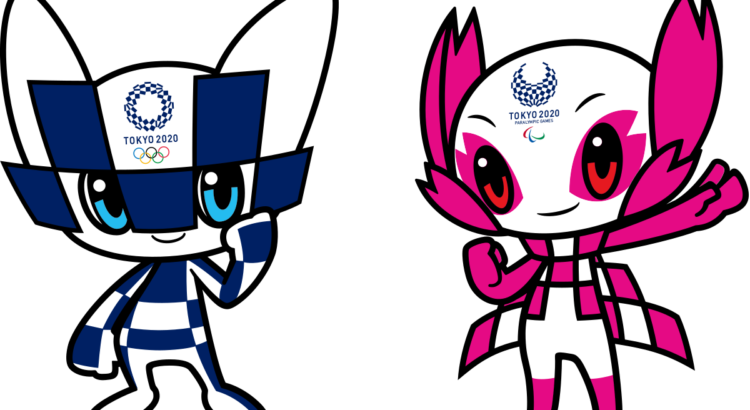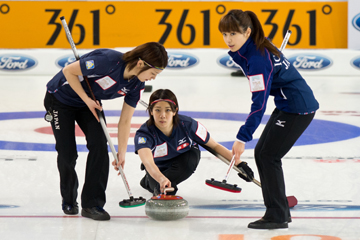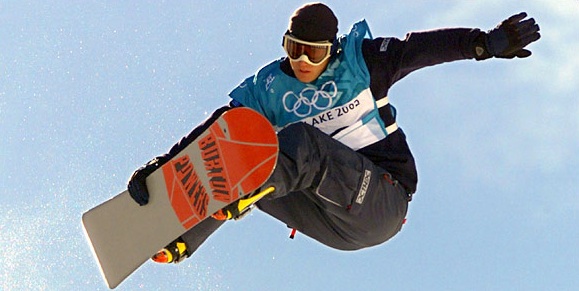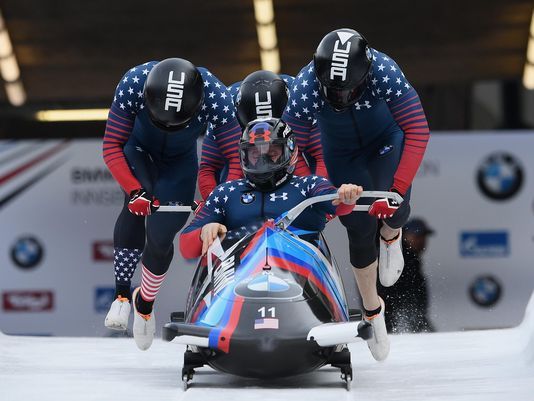What in the world is ゆるキャラ, or yuru-chara?
Directly translated, yuru-chara (and the full terminology: yurui kyarakutaa) means “loose” or “laid back” characters. These characters are mascots that embody numerous Japanese regions, organizations, and more. The characters, often endearing and cutesy in nature, appeal to residents and foreigners alike.
Visually, yuru-chara have some sort of visual connection to the location or organization they represent. They also have a background story and specific traits that make them unique. For example, the official mascot for the Tokyo 2020 Olympics, Miraitowa, is named after the Japanese words mirai (future) and towa (eternity). According to the Olympic website, the name “was chosen to promote a future full of eternal hope in the hearts of people all over the world.” The mascot’s indigo blue checkered-like pattern represents the Tokyo 2020 emblems, while its personality is said to be based on an old Japanese proverb reflecting on new knowledge gained from old things. Miraitowa even has the super power of teleportation to compliment the mascot’s dedication to both tradition and innovation.
On the flip side, the Tokyo 2020 Paralympic Games mascot, Someity, has telepathic powers. Someity’s name comes from “Someiyoshino”, a type of Japanese cherry blossom, and the phrase “so mighty”. The mascot’s pink color was inspired by cherry blossoms, while the character’s gentle yet tough personality represents that of determined Paralympic athletes.
It’s evident that a great deal of thought is put into the design and story behind yuru-charas. From a business standpoint, the rising demand for yuru-charas is great for building a following. The beloved characters draw fans in at events, conferences, and more. As such, many characters even have their own social media profiles! With their cute designs and cultural motifs, it’s no surprise for their rising popularity in promoting tourism and economic development for the companies, local governments, and organizations they represent.
Has this article piqued your interest in yuru-charas? This year, U of M’s own Center for Japanese Studies (CJS) is actually hosting a contest for people to design their own yuru-charas! Anyone can enter, and the chosen design will be the next face of the Center for Japanese Studies. Click this link to enter and find out more.
For More Information:
Click here for articles about yuru-chara from The Japan Times, and click here for more information about the Tokyo 2020 Mascots.






 There has only been one movie made about bobsledding, “Cool Runnings”. It is about the first Jamaican bobsled team and how they were formed, practiced, and eventually made it to the Olympics. The movie shows the basics equipment, requirements, and skills needed to compete in the sport. It also states the basic rules and possible qualifying times to make it into the Olympics around 1993. It is more of a fun team building and friendship movie than an informative bobsled movie but it did help to expose more people to the sport.
There has only been one movie made about bobsledding, “Cool Runnings”. It is about the first Jamaican bobsled team and how they were formed, practiced, and eventually made it to the Olympics. The movie shows the basics equipment, requirements, and skills needed to compete in the sport. It also states the basic rules and possible qualifying times to make it into the Olympics around 1993. It is more of a fun team building and friendship movie than an informative bobsled movie but it did help to expose more people to the sport.

